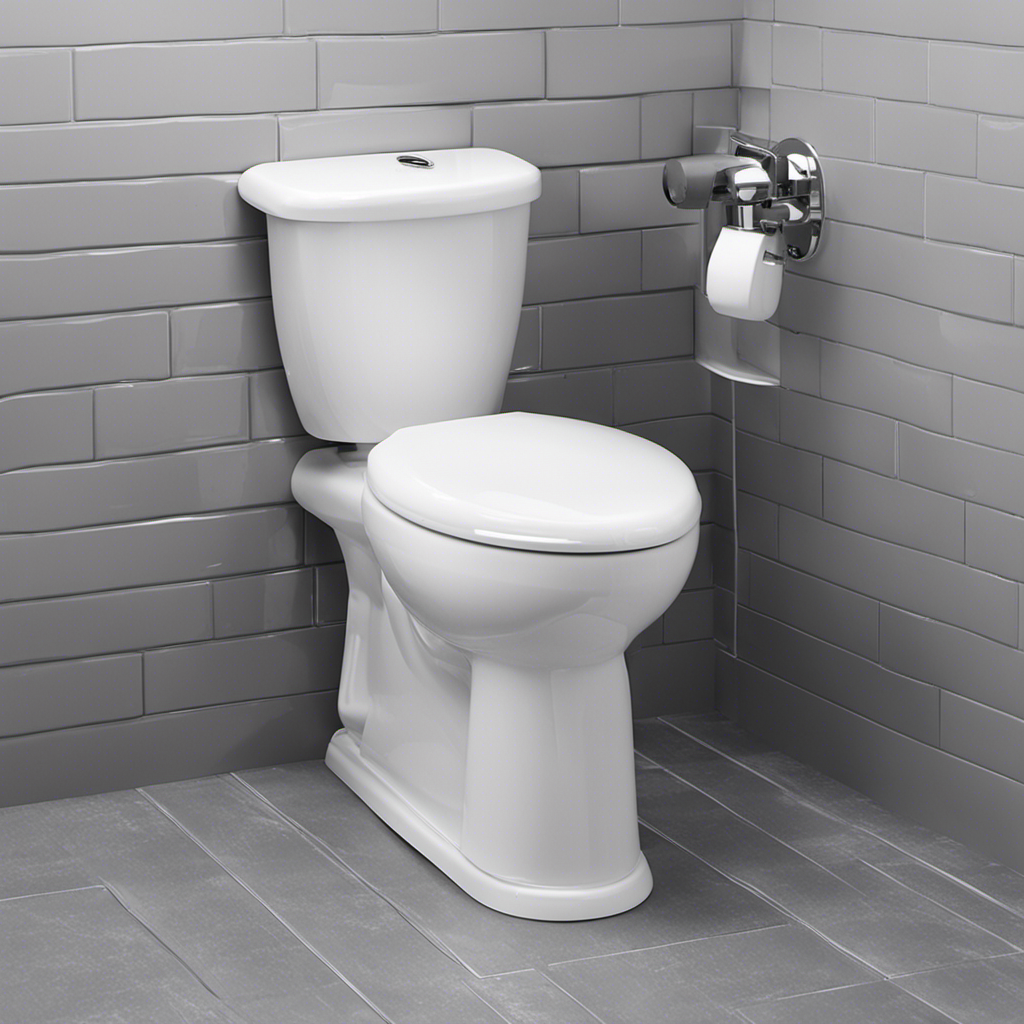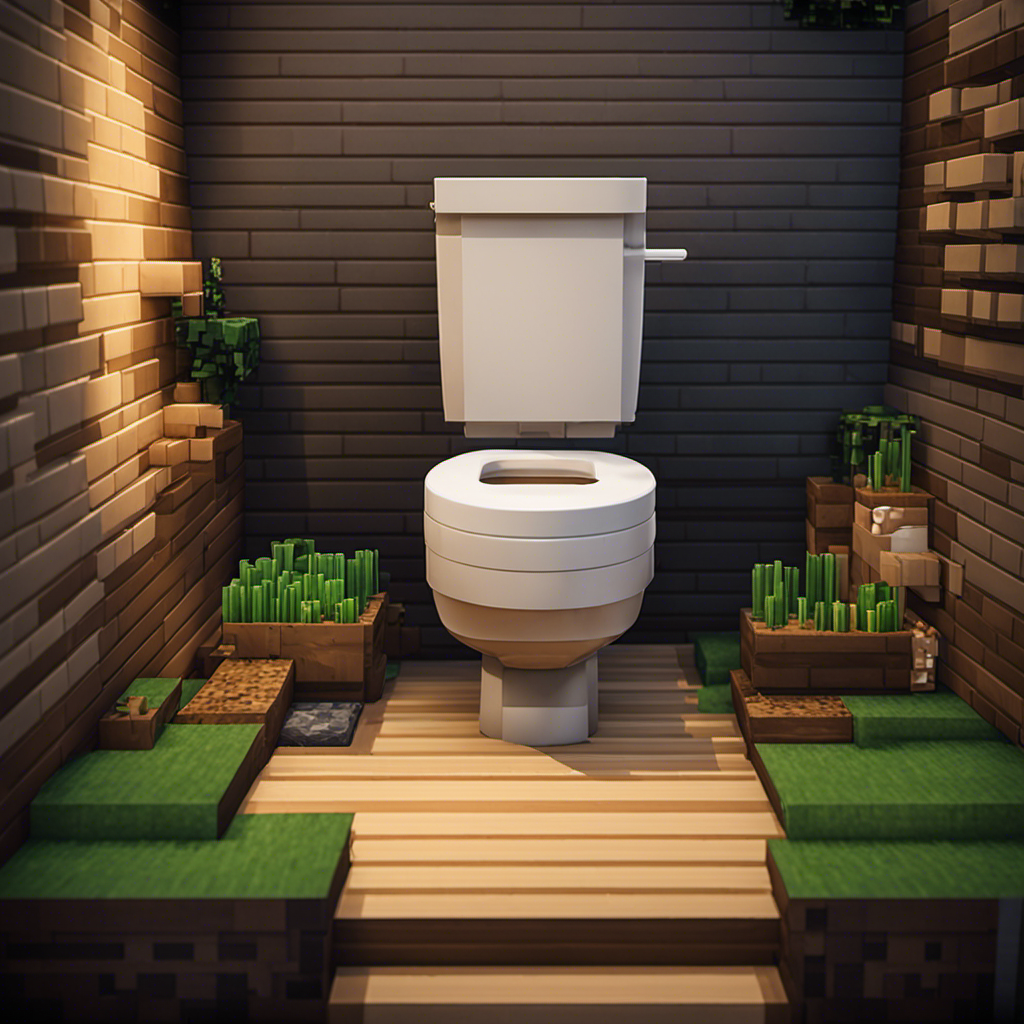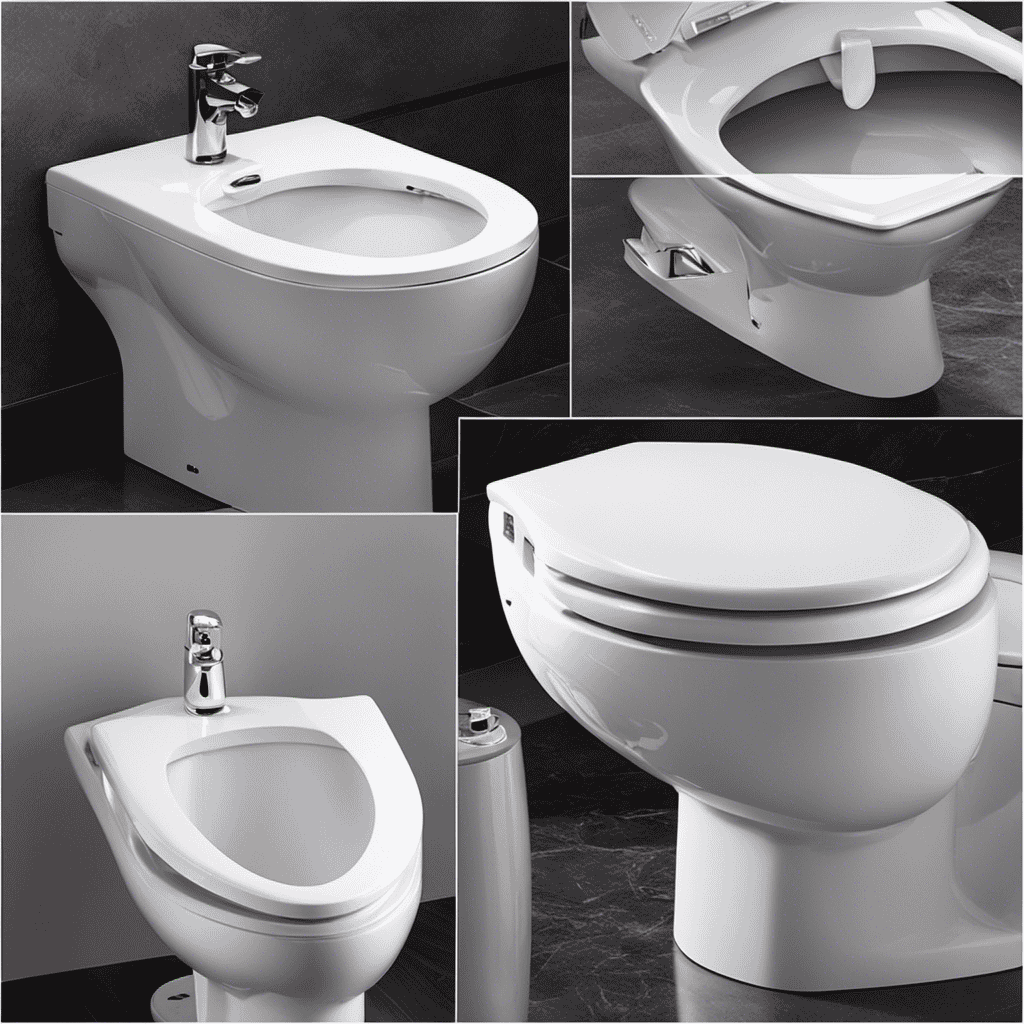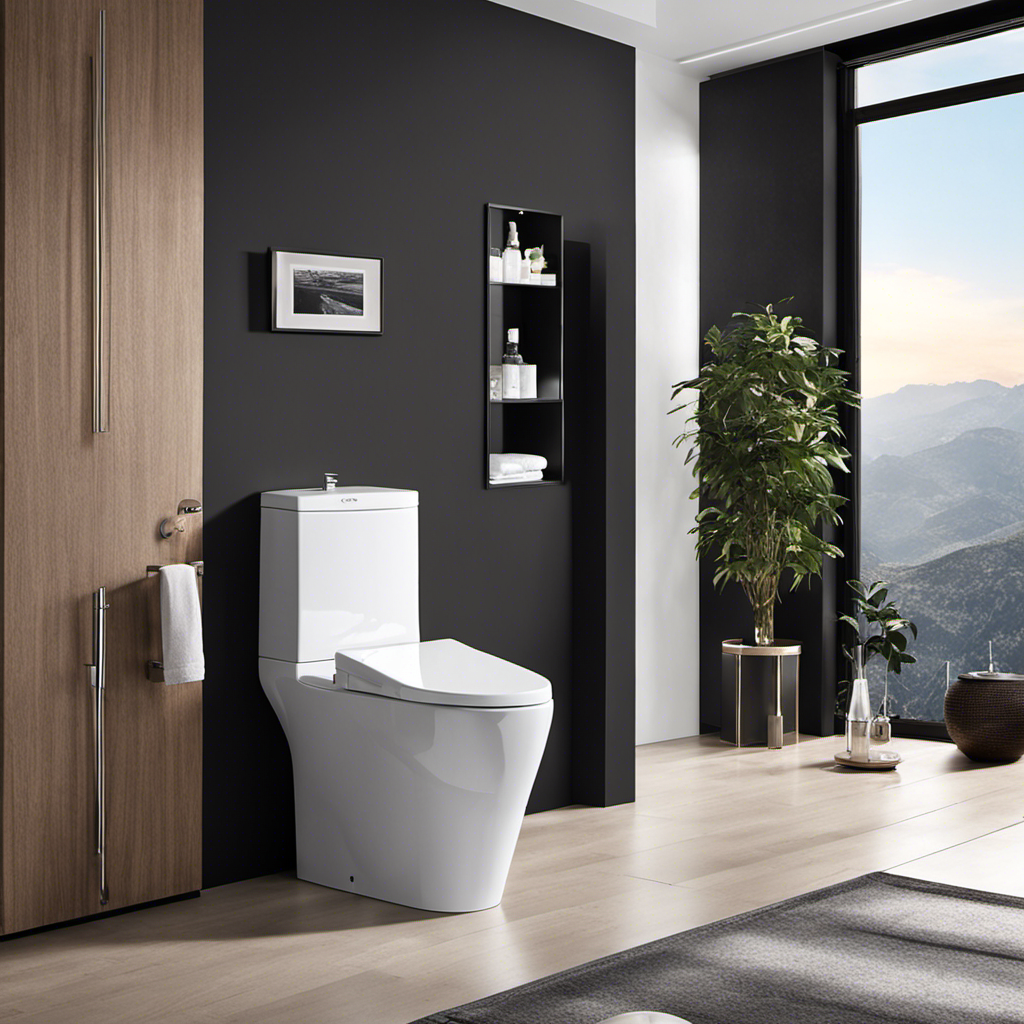So, you’re tired of dealing with a toilet that refuses to flush properly? Well, you’re in luck because I’ve got just the solution for you.
In this article, I’m going to show you how to make a toilet flush like a champ. From understanding the inner workings of your toilet to troubleshooting common issues, I’ll guide you through every step of the process.
Get ready to say goodbye to weak flushes and hello to a perfectly functioning toilet. Let’s dive in!
Key Takeaways
- Understanding the components of a toilet flush mechanism is essential for troubleshooting.
- Common toilet flush issues can include clogged toilet bowls, worn or improperly sealing flapper valves, low water levels in the tank, and defective fill valves.
- Troubleshooting a toilet flush involves checking the flushing technique, adjusting the water level in the tank, inspecting and removing blockages, and addressing potential issues.
- To fix a weak or inefficient toilet flush, adjust the water level in the tank, find the right balance to prevent overflow and leaks, adjust the flush valve for optimal water flow, and optimize water pressure for better efficiency.
Understanding the Components of a Toilet
To understand how a toilet flushes, you’ll need to know the components involved.
The key component is the toilet flush mechanism, which consists of several parts that work together to initiate and complete the flushing process.
One of the most visible components is the toilet flush handle, typically located on the side of the toilet tank. When you press down on the handle, it activates the flush valve, which is responsible for releasing water from the tank into the toilet bowl. This creates the necessary force to remove waste and clean the bowl.
Additionally, the flush handle is connected to a chain or lever that lifts the flapper or flush valve, allowing water to flow into the bowl.
Understanding these components is essential in troubleshooting any issues with your toilet flush and maintaining its proper functionality.
Checking for Common Toilet Flush Issues
First, you’ll want to check for any common issues that might prevent your toilet from flushing properly. There are a few common toilet flush problems that can occur, but don’t worry, troubleshooting the flush is often a simple task.
One common issue is a clogged toilet bowl. To check for this, you can use a plunger to try and dislodge any blockage.
Another problem could be a faulty flapper valve. If the flapper is worn or not sealing properly, it can cause water to continuously leak from the tank into the bowl. In this case, you may need to replace the flapper.
Additionally, a weak flush can be caused by a low water level in the tank or a defective fill valve. By inspecting these common issues and addressing them accordingly, you can ensure that your toilet flushes properly once again.
Step-by-Step Guide to Troubleshooting a Toilet Flush
If your toilet isn’t flushing properly, you can troubleshoot the issue step-by-step. Here are some things to consider:
-
Proper toilet flushing technique: Ensure that you’re using the correct technique when flushing the toilet. This involves pressing and releasing the flush handle fully in one smooth motion.
-
Water level: Check the water level in the tank. If it’s too low, the flush may not be effective. Adjust the float valve to raise the water level if necessary.
-
Clogs and blockages: Inspect the toilet bowl for any visible clogs or blockages. Use a plunger to dislodge any obstructions or consider using a toilet auger for more stubborn clogs.
It’s important to note that common misconceptions about toilet flushes, such as using excessive force on the flush handle or flushing multiple times in quick succession, can actually worsen the problem. By troubleshooting these potential issues, you can determine the cause of your toilet’s improper flushing and move on to fixing it.
Now, let’s move on to fixing a weak or inefficient toilet flush.
Fixing a Weak or Inefficient Toilet Flush
One way to address a weak or inefficient toilet flush is by adjusting the water level in the tank. By increasing the water level, you can improve the pressure and ensure a more effective flush. To do this, locate the water fill valve, which is usually on the left side of the toilet tank. Turn the adjustment screw clockwise to raise the water level or counterclockwise to lower it. It’s important to find the right balance, as too much water can cause overflow and leaks. Additionally, another method to improve water pressure is by adjusting the flush valve. This valve controls the release of water from the tank into the bowl during a flush. By ensuring that it opens fully and closes tightly, you can optimize the water flow and enhance the flush efficiency.
| Water Level Adjustment | Flush Valve Adjustment |
|---|---|
| Increase for better pressure | Open and close fully |
| Decrease to prevent overflow | Tighten for optimal flow |
Remember to check for any leaks or blockages in the toilet system, as they can also contribute to a weak flush. Regular maintenance and proper adjustment of these components will help ensure a powerful and efficient toilet flush.
Maintaining and Preventing Future Toilet Flush Problems
Maintaining a healthy toilet flush is crucial for preventing future problems, so remember to regularly check for leaks and blockages. Here are some toilet flush maintenance tips to keep your bathroom running smoothly:
-
Ensure that the toilet tank is properly filled with water. This will ensure a strong and efficient flush.
-
Check the flapper valve for any signs of wear and tear. A damaged flapper valve can cause leaks and weak flushes.
-
Clean the rim jets and siphon jets regularly to prevent mineral build-up. This will help maintain a strong flush.
-
Avoid flushing items that can cause clogs, such as sanitary products, wipes, or excessive toilet paper.
-
Consider using a toilet auger to remove any stubborn clogs that may have formed in the pipes.
Conclusion
In conclusion, mastering the mechanics of a toilet flush is crucial for a smoothly functioning bathroom. By understanding the components and troubleshooting common issues, one can fix a weak or inefficient flush with ease.
Maintaining the toilet regularly and preventing future problems is essential for a hassle-free experience. So, seize the opportunity to become a toilet troubleshooter, tidying up any troubles and triumphantly transforming your lavatory into a lavishly liquid-laden haven!










